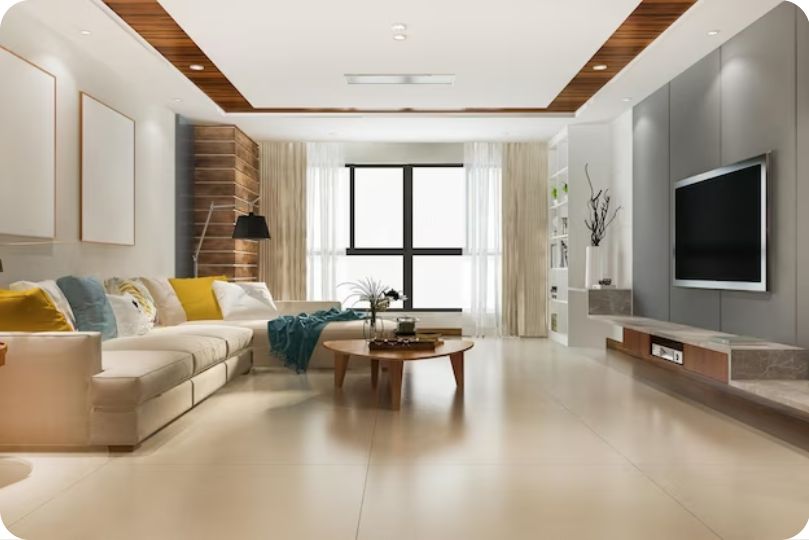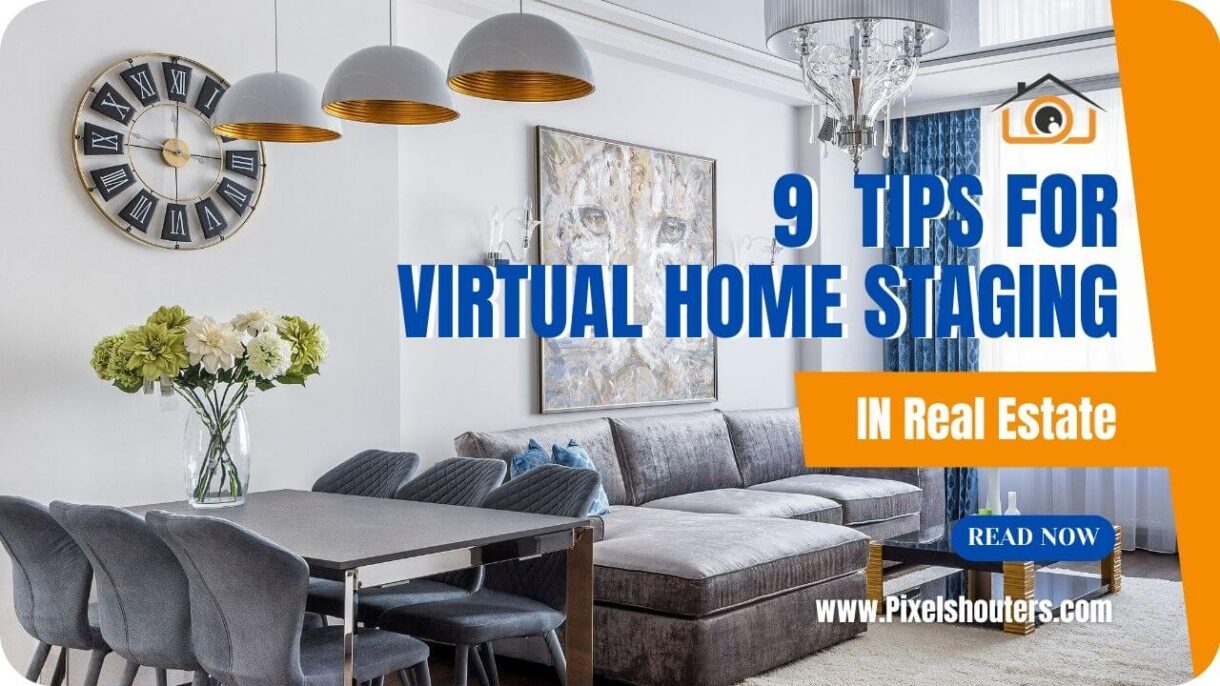9 Expert Tips for Real Estate Virtual Home Staging for Success
In today’s highly competitive real estate virtual home staging market, has emerged as a powerful tool to captivate potential buyers and showcase properties in their best light. By digitally enhancing vacant spaces with furniture and decor, virtual staging enables real estate professionals to create visually appealing and enticing visual representations of a property’s potential. This comprehensive guide will delve into nine expert tips for mastering virtual staging in the real estate industry, empowering you to elevate your marketing strategies and drive successful property sales.
Table of Contents
Tip 1: Understanding the Target Market
To achieve effective real estate virtual home staging, it is crucial to gain a deep understanding of your target market. Thoroughly research and analyze the demographics, preferences, and interests of potential buyers. By aligning the virtual staging with their specific desires and aspirations, you can create a compelling visual narrative that resonates with their needs. Tailoring the style, color palette, and furniture choices to suit your target audience will enhance the overall appeal and connection to the property.

Tip 2: Embrace Realism and Authenticity
While real estate virtual home staging allows for creativity and flexibility, it is vital to strike a balance between imagination and realism. Aim for authenticity by incorporating elements that reflect the actual space and maintain accuracy in terms of scale and proportion. Avoid misleading potential buyers with exaggerated representations that differ significantly from the property’s true characteristics. By focusing on realistic virtual staging, you build trust and credibility with your audience.
Tip 3: Showcase Functional Spaces
Virtual staging should not only be aesthetically pleasing but also showcase the functionality of each space. Consider the purpose of each room and stage it accordingly. For example, a bedroom should feature a cozy and inviting ambiance, while a home office should exude productivity and organization. Highlight the potential uses of each area, helping potential buyers visualize how the space can be optimized to suit their lifestyle needs.
Tip 4: Harness the Power of Lighting
Lighting plays a pivotal role in the overall ambiance and mood of real estate virtual home staging. Use lighting techniques to create depth, highlight focal points, and evoke emotions. Pay attention to the placement of virtual light sources, mimicking natural lighting conditions to add warmth and vibrancy to the staged rooms. Experiment with different lighting options to strike the right balance between brightness and shadows, ensuring an inviting and welcoming atmosphere.
Tip 5: Prioritize High-Quality 3D Renderings
Investing in high-quality 3D renderings is crucial for impactful real estate virtual home staging. High-resolution images with exceptional detail and texture will elevate the overall visual experience and make the staging look more realistic. Collaborate with skilled graphic designers or 3D rendering professionals who can create stunning, lifelike visuals that accurately represent the potential of the property. Remember, the quality of the staging directly influences buyers’ perception of the property’s value.

Tip 6: Tailor Virtual Staging to Different Property Types
real estate virtual home staging should be tailored to the specific property type to highlight its unique features and appeal. A luxury penthouse requires a different approach compared to a suburban family home. Understand the target market for each property type and adapt the staging accordingly. For high-end properties, focus on elegance and sophistication, while family-oriented homes can benefit from a warm and inviting atmosphere.
Tip 7: Leverage Virtual Staging Software and Tools
Incorporating real estate virtual home staging software and tools can significantly streamline your workflow and enhance the quality of your staging. Explore the wide array of available software options that offer advanced features like drag-and-drop functionality, 3D object libraries, and room customization tools. These tools enable you to create stunning virtual staging quickly and efficiently, saving time while maintaining high standards.
Tip 8: Collaborate with Professional Virtual Stagers
For complex projects or when time is limited, consider collaborating with professional real estate virtual home staging experts. Their experience, knowledge, and eye for design can add a polished touch to your virtual staging. Professional virtual stagers bring expertise and creativity, ensuring your staging aligns with the latest design trends and appeals to your target market. While a cost is involved, the results can be well worth the investment.

Tip 9: Integrate real estate virtual home staging with Multichannel Marketing
To maximize the impact of real estate virtual home staging, integrate it seamlessly into your multichannel marketing strategy. Incorporate staged images into online listings, social media platforms, websites, and print materials. Consistency across channels enhances brand recognition and strengthens the association between the property and the virtual staging. Ensure that the virtual staging is optimized for different devices, providing a consistent and engaging experience across desktops, tablets, and smartphones.
Transforming Empty Spaces into Inspiring Homes with Pixelshouters’ Virtual Staging Services
Pixelshouters offers real estate virtual home staging services for real estate professionals. Virtual staging involves digitally furnishing and decorating empty spaces to help potential buyers visualize a property’s potential. Skilled designers at Pixelshouters use advanced software to create realistic and visually appealing virtual staging compositions. By adding furniture, decor, and other elements, they transform vacant rooms into fully furnished spaces that can be used in online listings and marketing materials.
Virtual staging allows potential buyers to imagine themselves living in the property, increasing interest and inquiries. Clients provide high-quality photos of the vacant spaces, and Pixelshouters team works to create customized virtual staging based on the client’s requirements and preferences. The final staged images are delivered to clients for use in their marketing efforts.
Conclusion
Mastering the art of real estate virtual home staging is a game-changer in the real estate industry. By understanding your target market, embracing realism, showcasing functional spaces, harnessing lighting techniques, prioritizing high-quality 3D renderings, tailoring staging to different property types, leveraging virtual staging software, collaborating with professionals, and integrating staging into multichannel marketing, you can elevate your property presentations and entice potential buyers. With dedication, creativity, and a strategic approach, virtual staging becomes a powerful tool to effectively market and sell real estate in the digital era. Stay ahead of the competition by continuously refining your virtual staging techniques and embracing innovation. The future of real estate marketing is here, and virtual staging is at the forefront of its transformation.
